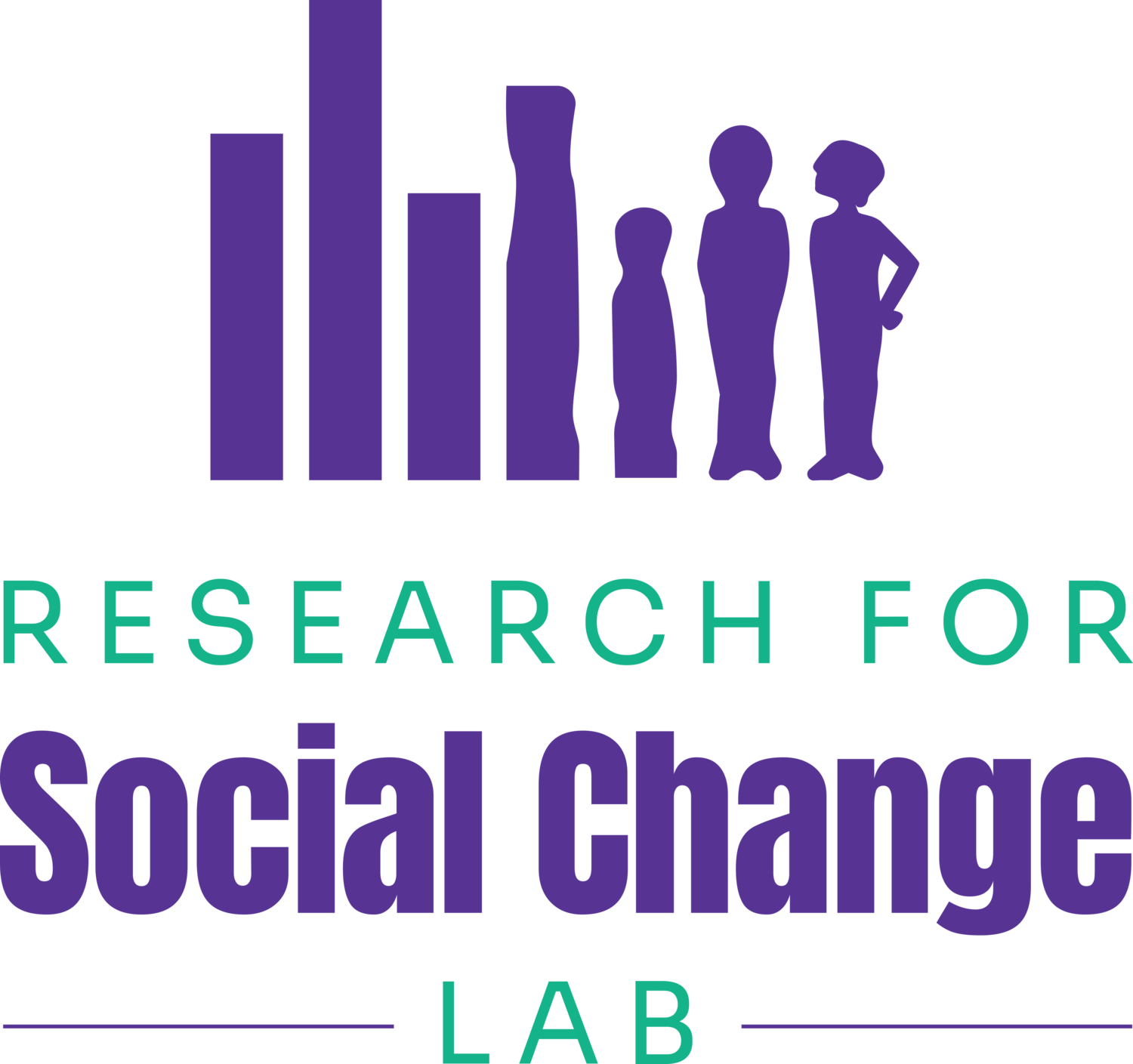ZINE: Data Justice: What? Why? Where?
This zine – the first in our new series – introduces the intent and scope of the data justice for youth research projects that the Research for Social Change Lab has been pursuing.
Click here to read Data Justice: What? Why? Where?
Have you ever heard of HIFIS? Chances are good that if you work in the homeless-serving sector in Ontario you have. It’s an acronym for the Homeless Individuals and Families Information System and it’s one example of a Homelessness Management Information System (HMIS) in use across the country. Using these systems, frontline workers collect and compile information about people who access shelters and other forms of emergency supports related to homelessness (like outreach services and food programs). Similar kinds of databases are also in use in other, related, systems. For example, the Child Protection Information Network (CPIN) is used in Ontario’s Child Protection system.
These databases are intended to help better identify and understand trends within populations and client groups, monitor program efficiency and effectiveness, and report back to government funders for accountability purposes. But how do these systems really work and how are they impacting the way we understand social issues and the ‘solutions’ we come up with to address them?
Printed copies of Data Justice: What? Why? Where? We have lots of these, get in touch if you want a copy!
This opening zine describes what we have found out about how new Information and Communication Technologies (ICTs) are structuring the work of frontline service delivery and what this means for both the workers who use them and the people accessing services. With a particular focus on youth-serving systems (like youth homelessness and child welfare systems) we look at what ‘data-driven decision making’ (a government catch phrase du jour) looks like in everyday work practices.
The zine was written by our graduate research assistant Sarah Cullingham, with support from Aron Rosenberg and others. You can read it by clicking the link below. Or, if you prefer a print copy, get in touch!



